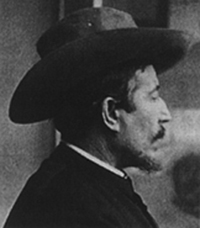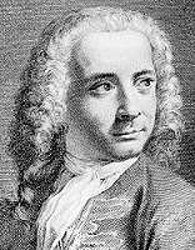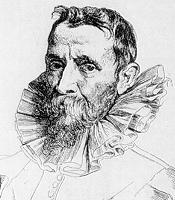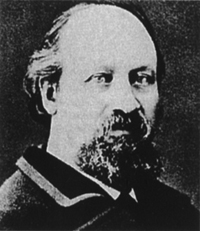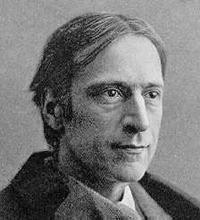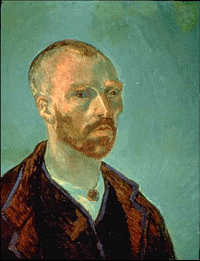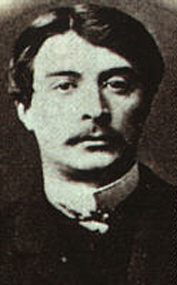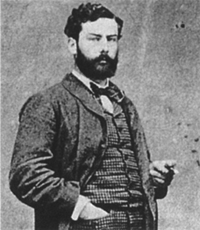
Born: November 14, 1840, Paris, France
Died: December 5, 1926, Giverny, France
Through the years 1845-1859, Monet grew up in Le Havre, a son of a merchant. In 1858, he exhibited a painting he had done under the tutelage of Boudin After he moved to Paris in 1859, the painter Troyon gave him help and advice. He studied at the Academie Suisse in 1860 and met Pissarro and Courbet. In 1862, after returning from military service in Algeria, Monet studied at Gleyre’s studio in Paris and made friendships with Bazille, Renoir and Sisley, and was influenced by Manet.
He began plein-air painting at Chailly near Barbizon and at Honfleur in 1863, where he painted a plein-air figural composition that was to excel those of Manet. He exhibited for the first time at the Salon in 1865 and struck a friendship with Zola, Cezanne and Manet. He met Camille Doncieux in the same year, who became his favorite model, with whom he had two sons, Jean and Michel, born in 1867 and 1878. The couple did not marry until 1870, against the wishes of Monet’s family. Camille and their sons frequently appear in Monet’s pictures. He had success at the Salon in 1866 during which time he painted in Sainte-Adresse and other localities, becoming increasingly impressive in his use of bright colors. After being rejected by the Salon in 1869, he worked out the formal techniques of the new Impressionist style with Renoir in Bougival on the Seine.
When the Franco-Prussian War broke out in 1870 he moved to London with Pisarro, where he studied pictures by Turner and Constable. Through Daubigny he became acquainted with Durand-Ruel when an exhibition organized by Durand-Ruel was held in London in 1871. Then he took a trip to Holland, lived there and painted in Argenteuil until 1878. Thereafter Monet painted in Le Havre where he finished the impressive “Impression: Sunrise” in 1872. He formed a friendship with Gustave Gustave Caillebotte and helped in the founding of a group of artists in 1873. The new group held their first exhibition in Paris in 1874, referred to mockingly as the “Impressionist “, after the title of Monet’s painting.
Through the years of 1878-1881, he lived in Vetheuil with his family and with Alice Hoschede and her six children, who became his wife much later, in 1892, after her husband’s death. Monet’s first wife Camille died in 1879. In 1880, he began to concentrate on landscape painting. After he finally settled in Giverny in1883, he made trips and painted in Etretat (Holland), Belle-Ile (Brittany), Antibes, Fresselines (Creus) and London, where he finished ” Thames in Mist ” He had repeated successful exhibitions of series paintings at the Durand-Ruel as well as the Petit and Bernheim-Jeune galleries. He bought a house and settled at Giverny in 1889. In 1893 he began the creation of his famous garden with lily ponds, which became the source of his most important motifs. His eyesight began to fail since 1908 and he became deeply depressed after the death of his wife Alice in 1911. He got the idea in 1914, suggested by his friend Clemenceau, to donate a series of paintings of water lilies to the French state. He worked on these until his death in 1926. Still, he rejected an offer of membership to the Institut de France in 1920.
Click here for Monet’s paintings in our gallery.
